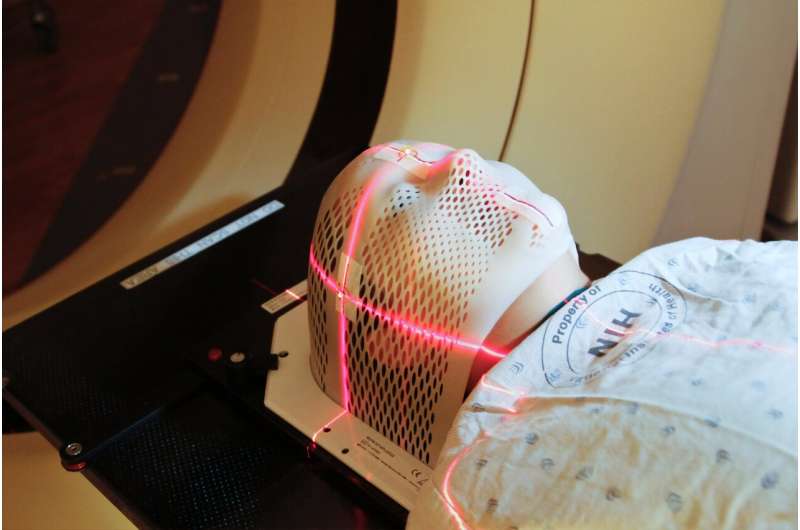Advancements in Tau-PET Imaging Lead to Early and Precise Alzheimer's Diagnosis

Tau-PET imaging revolutionizes Alzheimer's diagnosis by detecting early tau protein accumulation, enabling timely intervention and improved treatment outcomes.
Recent developments in brain imaging technology have significantly enhanced the diagnosis of Alzheimer's disease. Tau-PET imaging, a sophisticated method that visualizes the accumulation of tau protein—a key biological marker of Alzheimer's—has emerged as a groundbreaking tool in clinical and research settings. Originally confined to research, tau-PET has now received approval for use in routine healthcare, enabling clinicians to detect early signs of the disease with greater accuracy.
A comprehensive international study involving over 6,500 participants across 13 countries has demonstrated the efficacy of tau-PET in clinical practice. The findings, published in the Journal of the American Medical Association, reveal that approximately 10% of healthy older adults around 75 years old already harbor elevated tau levels in their brains, despite lacking symptoms. The prevalence of high tau levels increased with age and memory impairment severity.
Importantly, individuals exhibiting both tau and amyloid protein accumulation faced a 57% risk of developing mild cognitive impairment or dementia within five years. This risk escalated to 70% among those already experiencing mild memory issues. According to lead researcher Professor Michael Schöll, the presence of both tau and amyloid indicates a heightened likelihood of progressing to Alzheimer's relatively quickly, making tau-PET an invaluable tool for early intervention and treatment planning.
In the broader scope, blood tests correlating with amyloid buildup are emerging as accessible diagnostic options. Nonetheless, tau-PET remains vital as it provides a more detailed picture of disease progression and future risk. Alexis Moscoso Rial, the study's lead author, emphasizes that tau-PET reliably identifies individuals at genuine risk of memory decline and dementia.
This advancement holds promise for more targeted therapeutic strategies and improved patient outcomes, marking a significant step forward in the fight against Alzheimer's disease.
Source: https://medicalxpress.com/news/2025-06-tau-pet-imaging-enables-earlier.html
Stay Updated with Mia's Feed
Get the latest health & wellness insights delivered straight to your inbox.
Related Articles
Combining Therapies Offers New Hope in Overcoming Glioblastoma Treatment Resistance
New research indicates that combining Wnt pathway inhibitors with immunotherapy may overcome resistance in glioblastoma, offering hope for more effective treatments against this deadly brain cancer.
Targeting WSTF Protein as a Strategy to Manage Chronic Inflammation Without Impairing Acute Immune Response
Researchers have identified a novel approach to control chronic inflammation by targeting the WSTF protein, potentially offering disease-specific treatment without impairing the body's response to acute threats.
Innovative Immunology-Based Radiation Therapy Techniques Highlighted at International Conference
Researchers at the University of Kentucky highlight innovative immunology-driven radiation therapy techniques that enhance cancer treatment while preserving immune function, showcased at a major international conference.
Patients Report Disfiguring Injuries from Cosmetic Surgery Chains
Investigations uncover alarming reports of disfiguring injuries and malpractice lawsuits against major cosmetic surgery chains, raising concerns about patient safety and industry oversight.



